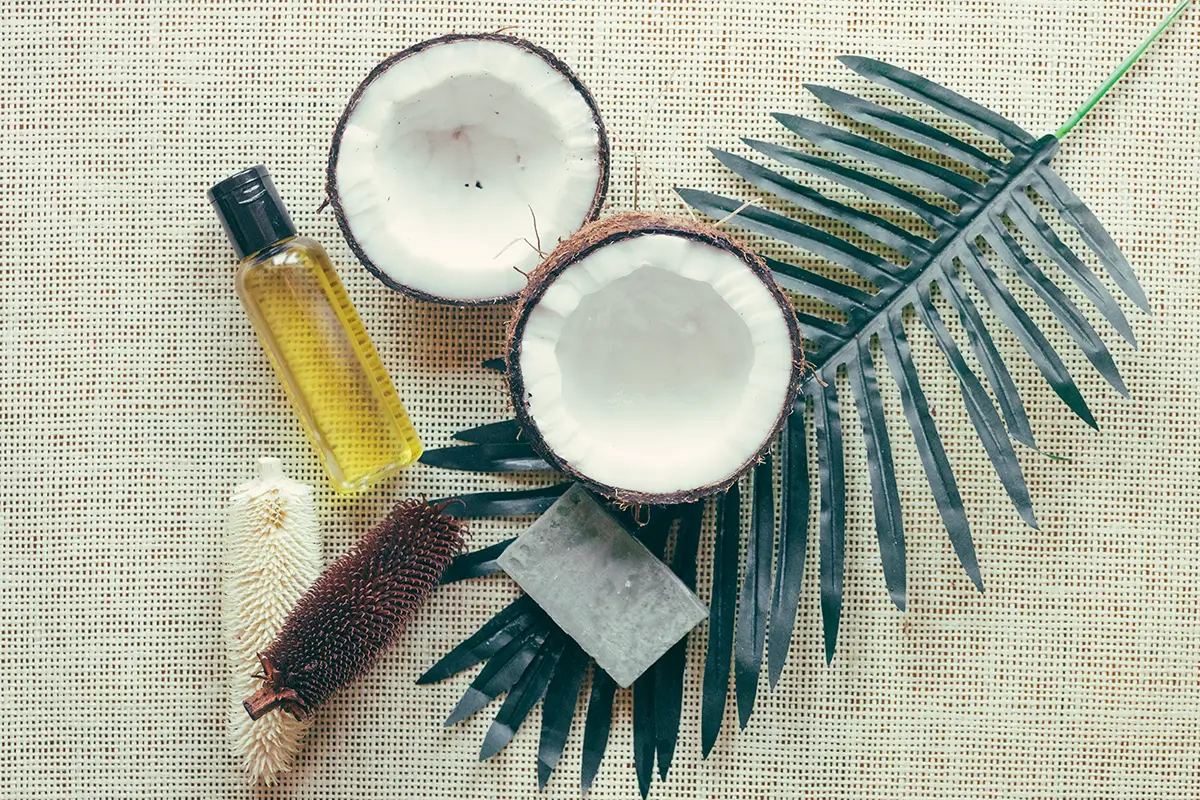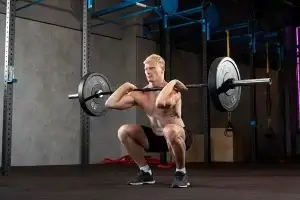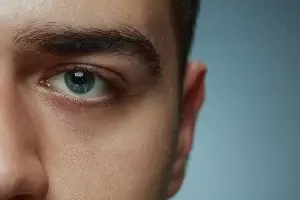Enhanced Butt: Unveiling the secrets of gluteal filling
The desire for a lifted and defined butt is increasingly common among men and women. Before, the search for the perfect silhouette focused only on the abdomen and thighs, but today, the glutes have become the center of attention. And to meet this demand, gluteal filling emerges as a promising alternative for those seeking quick results without the need for invasive procedures such as plastic surgery.
According to data from the Brazilian Society of Plastic Surgery (SBCP), in 2022, the number of gluteal filling procedures in Brazil increased by 25% compared to the previous year. This statistic reinforces the popularity of the technique, which stands out for offering natural results and reduced recovery time.
But how does gluteal filling work?
The procedure involves the application of filler substances, such as hyaluronic acid or polymethylmethacrylate (PMMA), injected directly into the gluteal region. These substances increase the volume of the area, defining the contour and providing a more lifted and projected appearance.
What are the types of gluteal filling?
Currently, there are two main gluteal filling techniques:
- Hyaluronic acid filling: Hyaluronic acid is a biocompatible and resorbable substance by the body, which means that its effects are temporary, lasting an average of 12 to 18 months. This is the most recommended option for those who want a more subtle and natural result, in addition to being ideal for correcting small imperfections and asymmetries.
- PMMA filling: PMMA, also known as “methacrylate”, is a synthetic and permanent substance, which guarantees long-lasting results for several years. However, as it is a non-biocompatible material, it requires greater care in application and post-procedure monitoring. This option is recommended for those seeking a more significant increase in volume and definitive results.
What are the benefits of gluteal filling?
Gluteal filling offers several benefits, including:
- Increased gluteal volume: The main advantage of the procedure is the increase in the volume of the region, providing a more lifted and defined butt.
- Improved body contour: Filling allows you to harmonize the body contour, correcting asymmetries and imperfections in the gluteal region.
- Firmer and more toned skin: Some filler substances, such as hyaluronic acid, stimulate collagen production, promoting firmer and more toned skin.
- Minimally invasive procedure: Gluteal filling is performed in a doctor’s office, with local anesthesia, and does not require hospitalization. The recovery time is quick, allowing the patient to return to their usual activities within a few days.
- Natural results: When performed by an experienced professional, gluteal filling provides natural and harmonious results with the patient’s body.
What are the precautions before and after gluteal filling?
Before the procedure, it is essential to consult a specialized doctor to assess your needs and expectations, in addition to performing the requested preoperative exams. It is also important to avoid the use of anticoagulant medications and alcoholic beverages in the days leading up to the filling.
After the procedure, some precautions should be taken to ensure a good recovery, such as:
- Avoiding strenuous physical activity: It is ideal to rest for a few days and avoid activities that may compromise the gluteal region.
- Using a shaping girdle: The shaping girdle helps to compress the area and reduce swelling.
- Applying cold compresses: Cold compresses can be used to relieve discomfort and pain.
- Avoid sun exposure: The sun can increase the risk of skin blemishes, so it is important to use sunscreen with a high protection factor.
What are the risks and contraindications of gluteal filling?
Like any aesthetic procedure, gluteal filling has some risks, such as:
- Swelling: Swelling is a common side effect after the procedure and usually goes away within a few days.
- Bruising: Bruising is also common and can be minimized with the application of cold compresses.
- Pain: Pain at the application site is common and can be controlled with pain relievers.
- Asymmetry: It is important to choose an experienced professional to minimize the risk of asymmetries in the glutes.
- Necrosis: Tissue necrosis is a rare but serious complication that can occur if the filler is injected into a blood vessel.
- Infections: Infections are also rare, but can be prevented with the use of appropriate aseptic techniques.
Gluteal filling is contraindicated for people with:
- Allergy to the filler substance: It is essential to perform an allergy test before the procedure.
- Autoimmune diseases: People with autoimmune diseases should consult a doctor before undergoing filling.
- Glutes infections: It is important that the region is free of infections before the procedure.
- Pregnancy and breastfeeding: Gluteal filling is not recommended for pregnant or breastfeeding women.
How much does gluteal filling cost?
The price of gluteal filling varies according to the amount of product used, the technique applied and the location of the procedure. On average, the value can vary between R$ 3,000 and R$ 10,000.
Where to find a qualified professional to perform gluteal filling?
It is essential to choose a doctor specialized in aesthetic procedures to perform gluteal filling. You can seek referrals from friends, family or consult medical societies such as the Brazilian Society of Plastic Surgery (SBCP) or the Brazilian Society of Dermatology (SBD).
Gluteal filling is an effective alternative for those seeking to increase the volume and define the contour of the glutes quickly, safely and with natural results. However, it is important to choose a qualified professional, follow the pre- and post-procedure guidelines, and be aware of the risks and contraindications of the procedure.
Sources consulted:
- Brazilian Society of Plastic Surgery (SBCP): https://www.cirurgiaplastica.org.br/
- National Health Surveillance Agency (ANVISA): https://www.gov.br/anvisa/pt-br
- Ministry of Health: https://www.gov.br/saude/pt-br/
- Brazilian Society of Dermatology (SBD): https://www.sbd.org.br/
Observations:
- This article is for informational purposes only and does not replace medical advice.
- It is important to seek professional guidance before undergoing any aesthetic procedure.
- The information in this article may be updated at any time.














